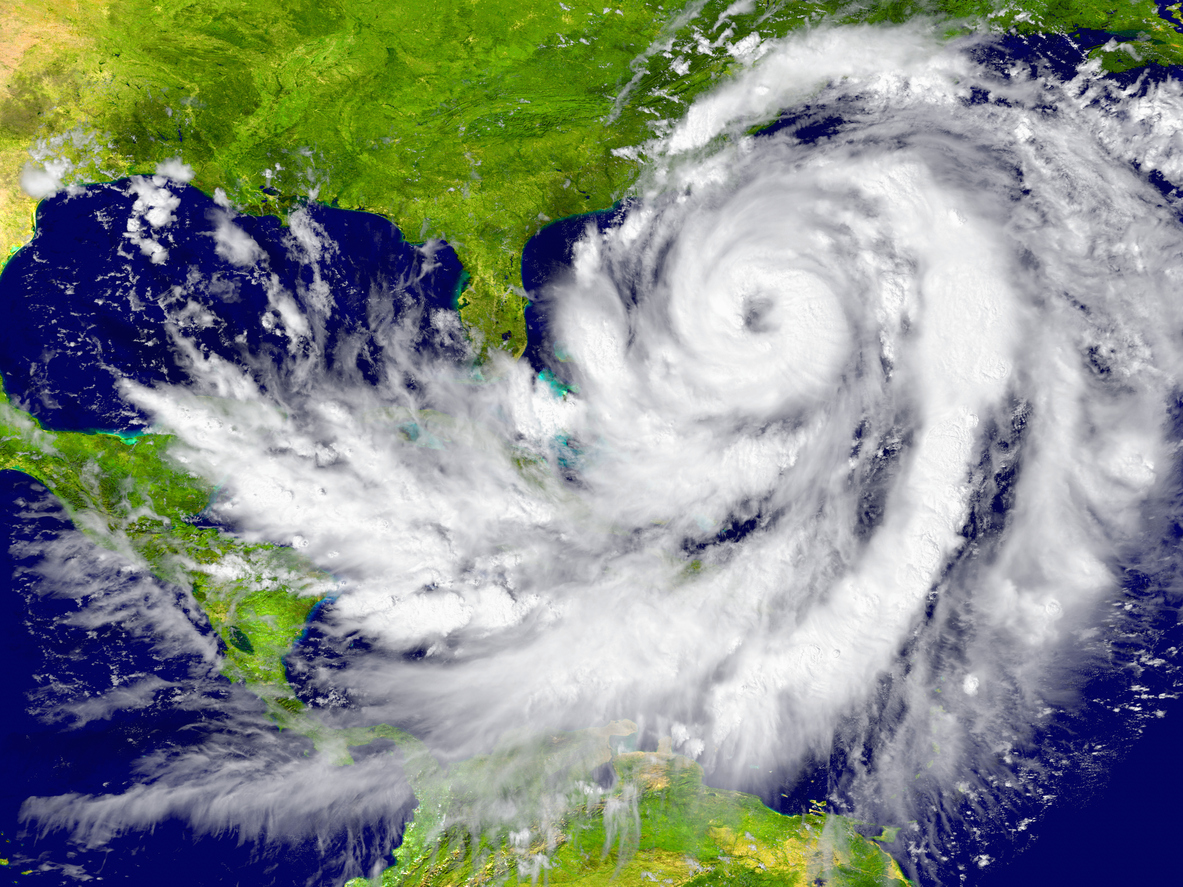The official start of the 2023 Atlantic hurricane season kicked off June 1, and is forecast to be a busy one, which is why homeowners need to prepare. Yet many lack even the most basic preventative measures, unaware of the risks they face, according to a new survey by the Insurance Information Institute (Triple-I), in coordination with Munich Reinsurance America, Inc.
The new report, Homeowners Perception of Weather Risks provides insights into trends, behavior and how experiencing a weather event impacts consumer perceptions of future events. Among the key findings:
- Sixty percent of homeowners state that they have not taken any steps to better protect their homes, while 40 percent have taken some steps — yet maintenance and improvements can help mitigate damage and reduce cost.
- Sixty-eight percent of homeowners report not being impacted by weather events in the last five years. As a result, 36 percent believe their residence will never be impacted by climate risk.
- Populations are shifting into harm’s way – More and more people are moving to southern states exposed to coastal weather events. These states include Texas, Florida, Georgia, and North Carolina. Many residents who are new to an area, don’t know that they live in storm surge danger zones.
- Less than half (48 percent) of homeowners say they have an evacuation plan — Being prepared for unforeseen weather events, by creating an evacuation plan can save lives.
- Twenty percent of those surveyed have annual household incomes of less than $40,000, yet this population represents 48 percent of non-buyers of homeowner’s insurance. At lower income levels, homeowners’ insurance, it was found, may be perceived as a discretionary purchase.
These findings show most people do not realize the risk and power associated with weather risks such as flooding. According to the National Weather Service, flood waters result in more deaths than any other weather peril. Furthermore, unlike other weather risks, flooding is not covered by homeowners’ insurance, but would need to be purchased by the homeowner and then added to a policy.
“Our survey revealed that of those who perceive they are at risk of flooding, 78 percent have purchased flood insurance,” said Tim Brockett, Executive Vice President, and Head of Specialty, Munich Re US. “This points to the fact that it is critical to educate consumers not only about flood risk, but also about obtaining proper coverage for this risk.”
Community-based Education Needed as Solution
Brockett noted that the survey found approximately half of those purchasing flood insurance bought it from private insurers. “This statistic speaks to the increasing involvement and appetite of private insurers to take on flood risk, based in large part to the improved flood modeling and aggregation methodologies available to the market. Private insurers are also able to provide flood limits and coverages not available under the National Flood Insurance Program (NFIP).”
The survey also highlights the ongoing need for education in every community throughout the country. “Many homeowners expect insurance to cover flood and are devastated when they find it does not,” said Sean Kevelighan, CEO of the Triple-I. “Just how many low-income homeowners could withstand the total loss of their home from an unforeseen weather event without coverage? We found that the more educated homeowners are, the more likely they were to buy the coverage.”
How to Make Consumers More Resilient to Weather Risks
More than just insurance coverage, being prepared for changing weather is vital to resilience. While homeowners cannot prevent weather events, there are steps to prevent damage or destruction of homes. Maintenance activities include trimming trees, cleaning gutters, protecting outside HVAC equipment, removing combustible materials surrounding the home, and checking sump pumps.
Respondents were also asked about resilience-related improvements they have made to protect their home. Two activities most often cited were: using new building techniques to fortify roof, windows, doors, and walls; and installing smart sensors and cameras to monitor for damages. Homeowners were also asked how much they would be willing to spend to better protect their home in the next year. Sixty-three percent said they are willing to spend as much as $5,000, while 14 percent are unwilling to spend any money to improve or upgrade their property.
“The most immediate danger that Americans face from increasing climate risk is the worsening of extreme weather, including hurricanes and floods,” said Kevelighan. “The insurance industry needs to partner with communities and businesses at every level to promote a broad resilience mindset focused on pre-emptive mitigation and rapid recovery. As severe weather continues to threaten more communities, building resilience against these natural disasters is imperative.”
About Munich Re US
Munich Reinsurance America, Inc. (“Munich Re US”) is one of the largest reinsurers in the United States. We provide reinsurance coverages, specialty reinsurance, and risk management solutions to commercial and personal lines insurance carriers, agents and brokers, program administrators, and managing general agents. Our admitted and non-admitted insurance company affiliates offer specialty insurance products. We provide insurance carriers with white label products to help protect against the devastating effects of natural catastrophes and emerging risks, while our Innovation Lab offers client solutions in a rapidly evolving technology risk landscape. We believe that by looking out for our clients’ best interests with innovative risk solutions we can help build more resilient communities and close insurance gaps.













